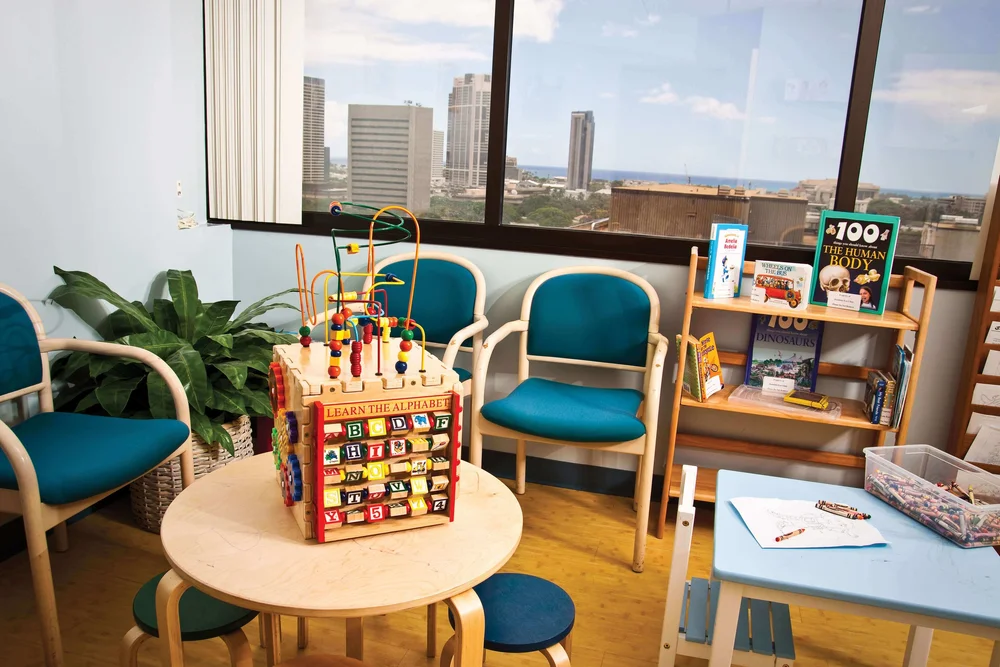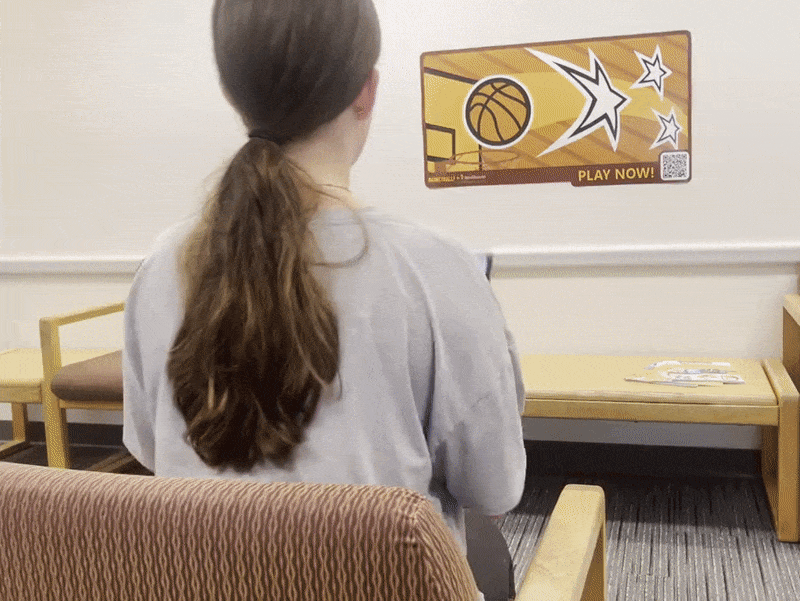In recent years, childrenís play corners have become a very common way to offer distraction. But is it always the best option for your healthcare setting? Letís explore some pros and cons of the designated kidsí corner for your...

Research shows that waiting rooms that offer positive distractions to pediatric patients result in patients that are more prepared for their healthcare visit. In recent years, childrenís play corners have become a very common way to offer distraction. But is it always the best option for your healthcare setting? Letís explore some pros and cons of the designated kidsí corner for your waiting room.†
The Pros
They help children feel comfortable. A childrenís corner is clearly designed for children, and gives them a sense of belonging that is rare in healthcare spaces. Along with games, toys, and books, child-sized furniture can reinforce the sense that the space was designed specifically for the child to enjoy.
They give parents and adults a break. The concentrated activity in a childrenís corner can be very novel for a child, and may be so engaging that she might completely forget about the upcoming appointment! This may reduce the parentís need to distract or calm the child, especially in situations where the parent themself may be feeling nervous about the appointment.
Designated space makes organization easy. When the child-centered space is confined to a specific location, it reduces confusion about what goes where at the end of the day. This can reduce staff burden as well as make things clearer for patients and families.
The Cons
Can be harder for parents to supervise. When the child is in the play area, physical and visual access to the child may be reduced by distance, barriers, or lack of adult seating.
Increases risk during periods of high viral transmission. During flu season, RSV season, or COVID upticks, designated shared play spaces may not be the safest option.
Not always the best place for child-child interaction. We all know socialization is important, but the doctor or dentist may not be the best places for children to interact with each other as strangers. Social play can be very helpful and engaging, but there is also the risk of agitating or negative experiences with other children in the play area.
Toy and game bottlenecks. Some games and toys are harder to share than others! It can be frustrating for a child when another child is using the game that looks most fun to them during the wait. And like the previous point, the waiting room might not be the best place for kids to learn tough life lessons!
So, what are the alternatives?
So, letís say youíve taken the time to consider whether a Kidsí Corner would be right for your waiting room, and decided that a different option might serve your patient needs better. Now what? How do you engage and distract your pediatric patients WITHOUT the Kidsí Corner? Letís unpack what an engaging experience might look like when itís spread throughout the waiting room area.
Stations
Instead of a designated corner, try setting up several smaller Kidsí Stations at existing magazine tables. We like the idea of having a small but visible basket stashed underneath the table with a few books, toys, and games in each.
Our new augmented reality arcade games are ideal for this decentralized approach to pediatric engagement! Place the poster decals around the waiting room and let children try out the different games, from our Art Studio game to our Basketball Arcade game.

Multi-player games
Avoid the bottlenecks with our Game Pack games, which can be played by a whole waiting room of children simultaneously! SpellBound Game Pack is a simple but effective solution to the waiting room blues. Game Pack offers a series of AR games to engage and distract patients, developed specifically for children in healthcare settings. These activities are easy and intuitive for patients and families to use even in high-stress situations like ER waits, and help reduce anxiety and boost care satisfaction.
Want to learn more about how SpellBound can boost your waiting room experience? Check it out!
Learn more









